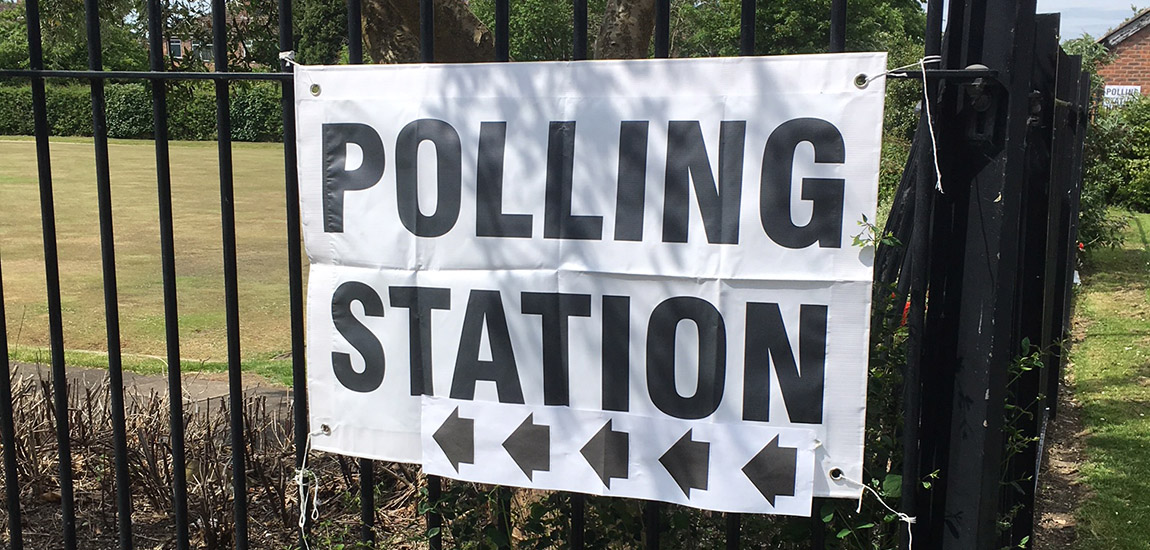Local elections are fascinating to watch. I’m an election enthusiast generally, but I’m always interested to see how people vote at a local versus national level. Turnout is generally lower, but you can always trust local election results to deliver interesting and sometimes sporadic outcomes that give you clues as to how the country is feeling.
This year, 230 unitary, metropolitan and district councils were up for election in England, alongside 4 directly elected mayors. All-out elections in Northern Ireland are due to be held on 18 May.
Now that we’ve had all results declared (Well, not quite. As I write this, Redcar & Cleveland council still haven’t officially declared their results!), we’ve unwrapped the general picture across the North of England as taking a look at the national picture.
The winners and losers in the North
There was a great deal of competitive campaigning in the North for this year’s local elections. Labour, the Liberal Democrats and the Greens made gains across the region whereas the Conservatives experienced a significant decline in vote share and representation on key councils.
Perhaps one of the hotly-contested elections to mention first is the race for Middlesbrough’s directly elected mayor, where Labour’s Chris Cooke pulled off quite the shock in defeating incumbent Andy Preston. The result was narrow, coming down to just 760 votes.
York council was all up-for-grabs this year, with every seat across the city up for election in what was a tight race to secure overall control of the council. The city holds elections every four years, and has since been governed by a Liberal Democrat-Green coalition administration. In 2023, the Greens ended up losing all of their representation on the council, with Labour making a net gain of 7 seats – enough for them to form the new council administration.
Liverpool City council underwent an extensive redrawing of its boundaries for this year’s elections, meaning candidates and the electorate were working with wholly new polling districts. Labour secured over half of the vote on the new boundaries and retained control of the council. Liverpool is a city brimming with ambitious development and regeneration, but the political picture has often been patchy and tumultuous in recent years.
Elsewhere in the region, several competitive councils where there is no majority party were still left in the ‘no overall control’ camp. Councils like Sheffield City, Bolton, Stockport, Burnley and Wirral are still being governed by coalition and confidence and supply pacts.
Most local authorities in the metropolitan areas like Greater Manchester experienced little movement in their results, and all five local authorities in West Yorkshire retained strong Labour majorities.
What was the national picture?
At a national level, the picture was not hugely different to the North in that the Conservatives experienced significant losses. The party lost control of 48 councils across England.
However, there was one key difference that stood out – the performance of the Liberal Democrats. The party made substantial gains across the South, particularly in the South West where they gained control of councils like Mid Devon and Teinbridge.
Labour also celebrated winning Medway council for the first time in more than 20 years. This coincided with the Conservatives losing control of many councils across the South East of England.
The Greens also celebrated gaining overall control of a local council for the very first time, in Mid-Suffolk.
What do the results mean for the next general election?
It’s worth remembering that some places in England; London, Birmingham and even the new North Yorkshire council didn’t hold any elections this year. Scotland and Wales also didn’t hold any elections – this was an England-only affair.
With that mind, it makes it harder to develop a clearer picture of where the country is potentially headed when we come to vote at the next general election. People can also vote differently at local elections to respond to specific local issues.
National opinion polls are consistently returning substantial Labour leads, and this year’s local elections point to Labour moving toward where they need to be to win a general election. But there are also other factors at play, such as key battlegrounds like Scotland, where an opinion poll from Redfield & Wilton issued last week puts the long-running SNP dominance into question. Securing a parliamentary majority hinges on parties being able to perform well in these areas.
The next general election is likely to take place in late-2024.
Get in touch
If you’d like to know more about how we’re supporting clients engage with political stakeholders, as well as what we offer our clients on political monitoring and awareness, please get in touch with Brandon Henderson at: brandon.henderson@social.co.uk.


